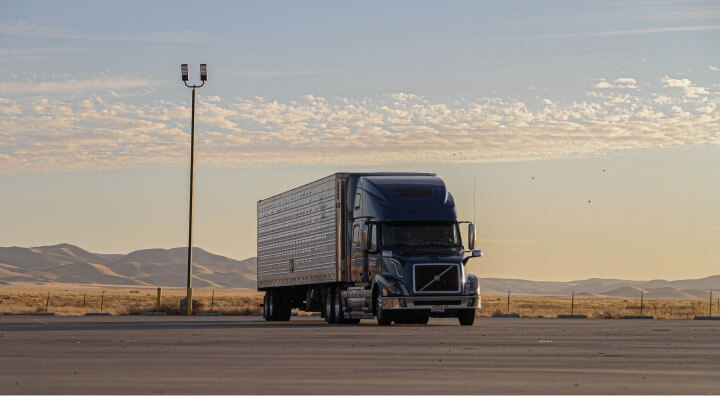Road transit is the backbone of logistics in Cameroon, connecting ports like Douala to inland markets and neighboring countries such as Chad and the Central African Republic. However, this sector faces significant challenges that delay operations and increase costs. From poor infrastructure to administrative hurdles and weather uncertainties, transporters must get creative to meet deadlines. So, how can performance be optimized in this context? Here is an overview of the obstacles and practical solutions.
Major Obstacles
The state of the roads is often the primary bottleneck. For instance, the N3 highway between Yaoundé and Douala, a critical route, can become impassable during the rainy season due to potholes and landslides. Add to that the numerous checkpoints—sometimes over 20 on a 500-km journey—where drivers face document checks or unexpected fees. Finally, mechanical breakdowns, common with poorly maintained vehicles, further complicate matters.
Tailored Solutions
Overcoming these challenges requires smart strategies. First, choosing the right equipment is key. A fictional company, CamRoute Logistics, invested in all-terrain trucks suited for secondary roads, cutting disruptions by 25%, according to their 2024 internal reports. Next, route planning is vital: avoiding congested roads or scheduling departures outside peak hours can save valuable time.
Collaboration with local authorities also helps. Some firms, like TransitNord (fictional), have secured passes with regional administrations to reduce unnecessary stops. Lastly, regular vehicle maintenance, though costly upfront, prevents unexpected breakdowns that halt deliveries.
Measurable Impact
These adjustments yield results. A fictional study by the Cameroonian Transporters’ Union (CTU) suggests that optimized operations cut delivery times by 20% on average. For a fictional client awaiting construction materials in Bamenda, this could mean arrival in three days instead of five.
On the Road to Efficiency
Road transit in Cameroon will remain challenging until infrastructure improves. Until then, transporters can take proactive steps. With strategic choices and thorough preparation, obstacles can become opportunities. What solutions have you tried on the road?

